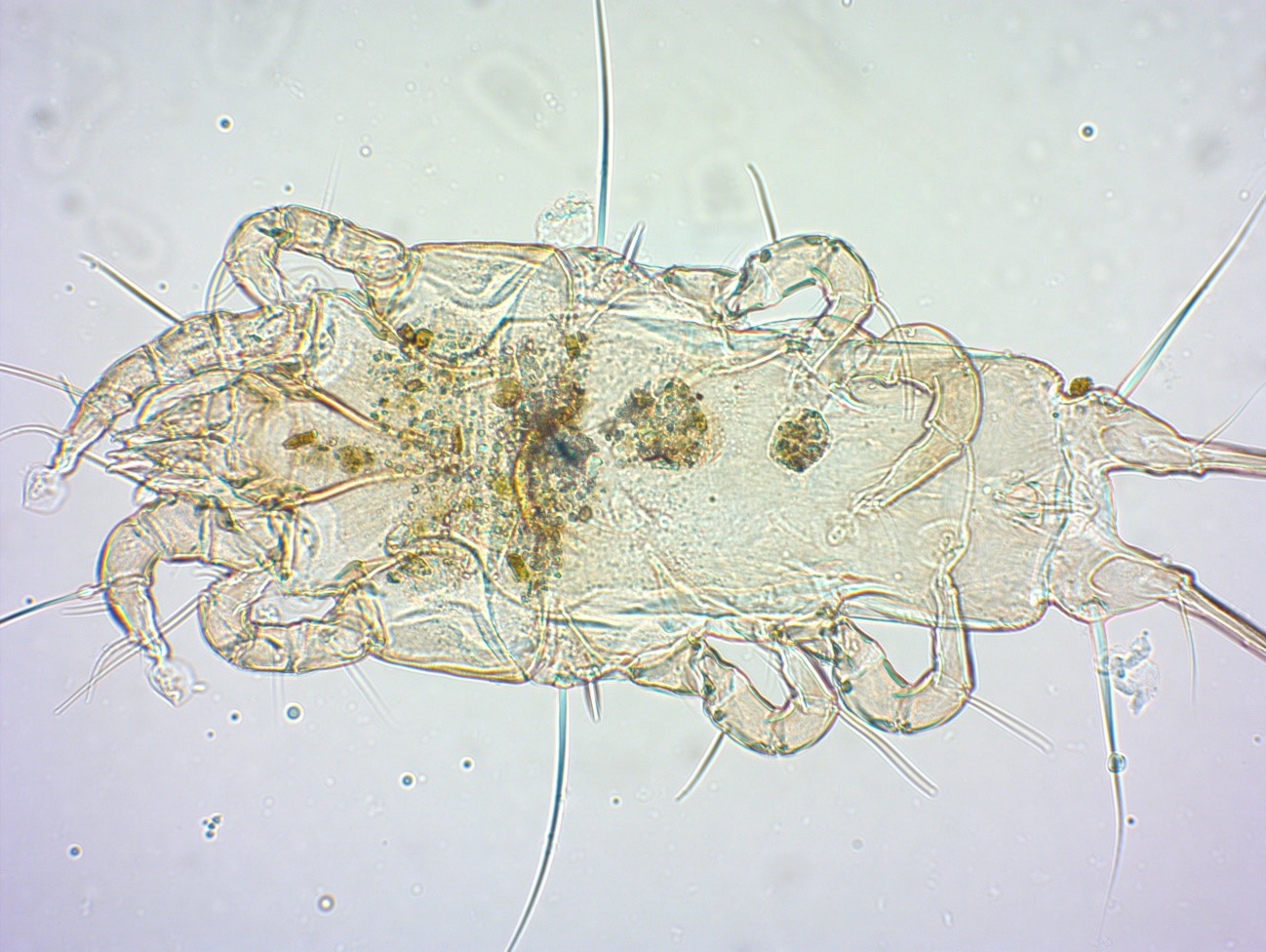Mites living permanently on the feathers are the ectosymbionts (organisms living on the surface of their host) most abundant and diverse in living birds. Despite this fact, these ectosymbionts are still largely unknown. Current science suggests that these mites are not harmful to birds, that is, they are not parasites. They could even be beneficial (mutualists) because they feed on fungi and bacteria that damage the feathers (keratinophilic).
"Although we are making progress to understand the biology, ecology, and evolution of these mites, basic questions such as where or when they eat or reproduce are still a mystery", explains Roger Jovani, a researcher at the Doñana Biological Station – CSIC.
Until now, feather mites have been studied during the day. But most birds are diurnal and fly during these hours, so these mites were supposed to be active during the night, when it is safe for them to move on the feathers, especially on the flight feathers of the wings and tail. To answer this question, a research group from the Doñana Biological Station (CSIC) the University of Granada, and the University of Illinois (Urbana-Champaign, USA) has studied the nocturnal activity of these mites. To do this, they photographed the wing feathers and tails of two blackcaps (Silvia atricapilla) every three hours from dusk to dawn.
They observed that the number of mites increased until midnight and then decreased until dawn. In addition, mites changed their spatial distribution, grouping by species and ages on different feathers. It was interesting to watch how mites moved toward the tip of flight feathers. "This was surprising but also expected. It was surprising because it is a place where we have never seen them before during the day. And it was expected because the tips of the flight feathers are no longer dangerous at night when the bird sleeps", remarks María del Mar Labrador, a predoctoral researcher at the Doñana Biological Station (CSIC) and first author of the study.
They eat and reproduce at night
Since mites did not leave the flight feathers at night but even increased in number, the researchers sampled mites from one of the wings of two blackbirds (Turdus merula) and one blackcap at dusk and mites from the other wing of the same individuals at dawn. They quantified both the amount of food and the presence of eggs inside the mites under the microscope. The results left no room to doubt: most mites had not eaten recently, but at dawn, most mites had their ventricle (the first compartment where food arrives) filled with fragments of fungi and other particles. In addition, 20 out of 60 females carried a large egg inside at dusk but only one out of 60 contained it at dawn. All this indicates that feather mites, at least in these diurnal flying birds, are nocturnal animals: they eat and reproduce at night.
The team that conducted this study wanted to go one step further by extrapolating the amount of "dirt" that feather mites may be "cleaning" from bird feathers. The ventricle of a mite filled with compacted food measures about 0,004 mm2. "It is like the filter of a vacuum cleaner", says Roger Jovani. After some calculations, they estimated that the annual dirt cleaned from the wing feathers of all European passerine birds amounts to 80.000 m2. This shows that, although feather mites are microscopic organisms that eat other microscopic organisms such as fungi, bacteria, algae or pollen, their accumulated activity has macroscopic consequences with the potential to influence the ecology of organisms from the pterosphere (ptero = feather) and be relevant to understand the service that these mites provide to birds.
Reference
Labrador, M. M., Doña, J., Serrano, D. & Jovani, R. 2021. Feather mites at night: an exploration of their feeding, reproduction, and spatial ecology. Ecology https://doi.org/10.1002/ecy.3550









 ¡Abierta convocatoria para proyectos de investigación en la ICTS- Doñana!
¡Abierta convocatoria para proyectos de investigación en la ICTS- Doñana!


